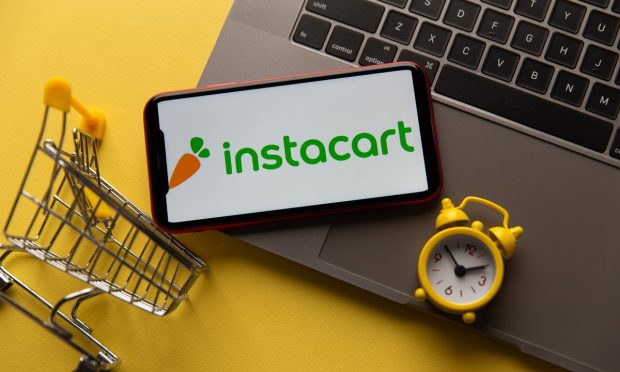Instacart IPO Prep Includes Staff, Spending Reductions

Instacart has been laying off staff and cutting down on new hires as it heads toward an initial public offering (IPO), a report from The Information said Saturday (Sept. 24).
The company has fired some of its over 3,000 employees after it had midyear performance reviews. The report, citing anonymous sources, said Instacart fired at least three senior-level employees in the past few weeks — though no top management was fired.
The company has also paused hiring for various positions. Managers also reportedly got instructions to cut down on spending in various areas such as travel and team gatherings.
Instacart has said it filed to go public in May, after it had slashed its market valuation by 40% to around $24 billion due to the volatility in the market.
In July, the company said founder Apoorva Mehta would step down as chairman and leave the company after it went public.
Instacart declined a request for comment by PYMNTS.
PYMNTS also recently wrote about Instacart’s new suite of tools, called Connected Stores, which are intended to bridge the gap between physical and digital shopping.
Read more: Instacart’s Connected Stores Blur the Lines Between In-Store and Digital Grocery Shopping
The company’s position is that ideas like “omnichannel” won’t be as relevant in a new world where both the physical and digital channels are accessible seamlessly at any time.
“We believe the future of grocery won’t be about choosing between shopping online and in-store — consumers are going to do both,” CEO Fidji Simo recently said.
PYMNTS wrote that Instacart’s next moves will likely involve innovations that combine elements of both physical and digital commerce. One of them is Caper Cart, a smart shopping cart using computer vision and artificial intelligence (AI) to locate items quickly. And there’s Carrot Tags, Instacart’s new smart sticker reader which spotlights products while supplying details through a user’s smartphone or the Caper Cart’s screen.
There’s also the company’s new order management system, which helps orchestrate in-store experiences by having orders timed to be ready when the shopper arrives.
